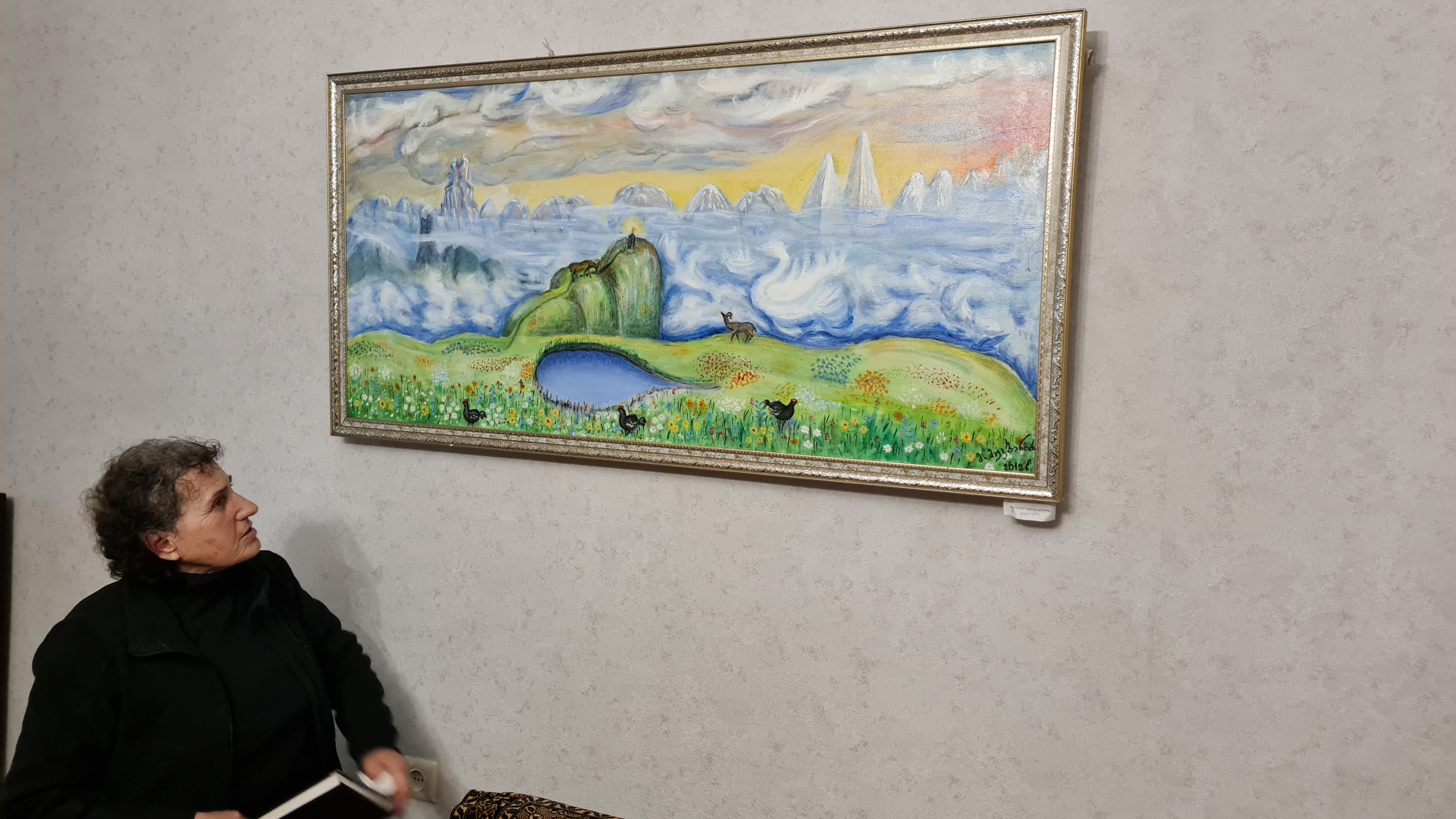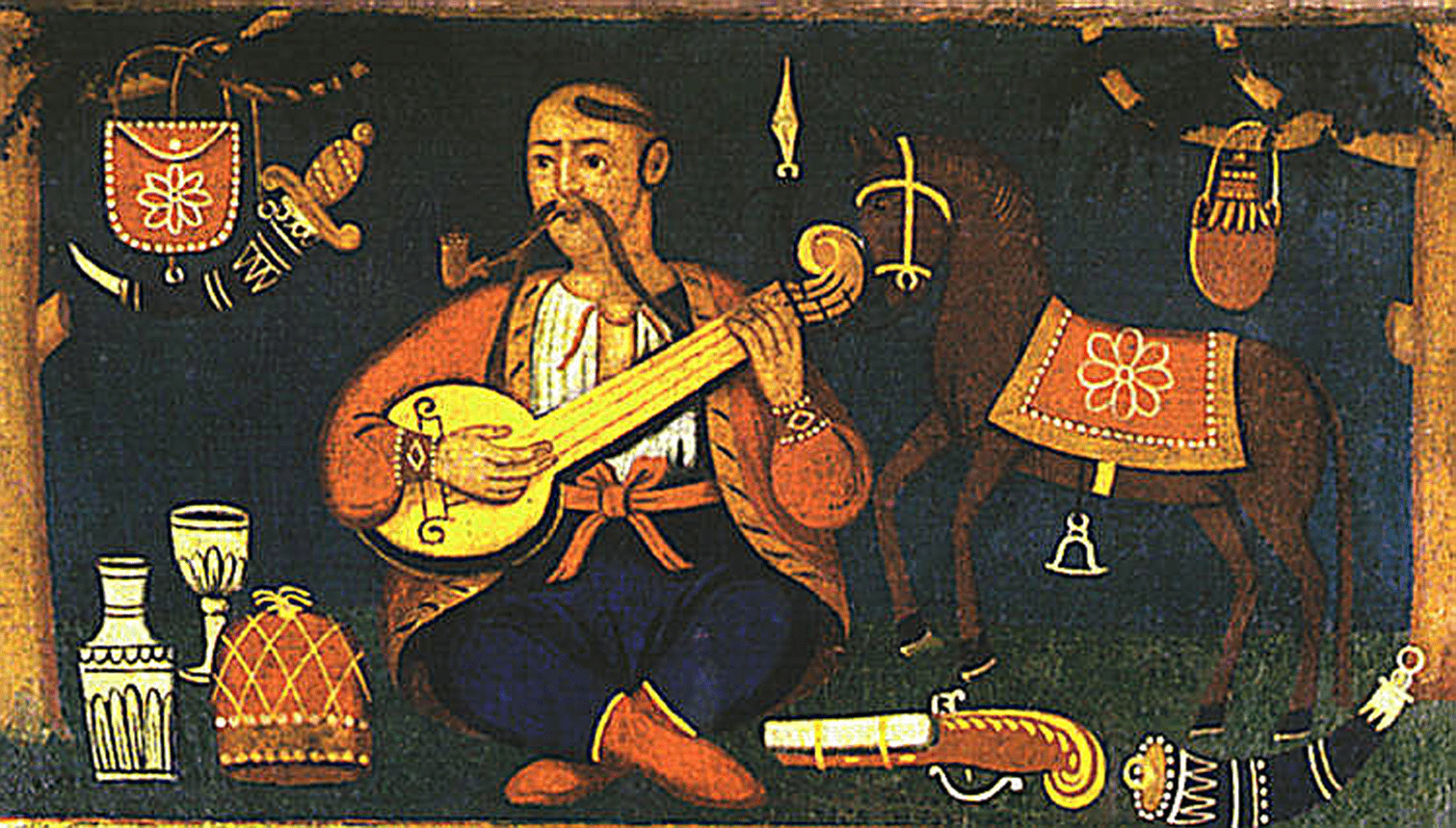Letter from the Editors #2
With the second issue of our journal, we would like to wish you a Merry Christmas and a Happy New Year and offer out best wishes and sincerest hopes for a better future!
This issue of the magazine puts us back into the Christmas mood, as it largely deals with Christmas and New Year’s traditions and related objects. Despite the fact that these calendar holidays are celebrated almost everywhere in Georgia, with negligible differences in substance, the form of the rituals and their material representations are quite diverse. Nino Ghambashidze tells us about some peculiarities of various folk customs and attributes of Christmas in her essay “On Some Christmas Folk Traditions in Georgia.” The author does not limit herself to a simple description of Christmas ritual practices, but rather explains their functions and meanings both within the scope of specific regional ritual traditions, and in a more general, pan-Georgian context.
Christmas folk rituals, to a certain extent, involve some pre-Christian beliefs and ideas. While New Year’s ritual celebrations are full of non-Christian symbols, Nino Abakelia, in her article, “The Role of Chichilaki in New Year’s Celebrations” connects this fact with the influence of Byzantine non-canonical culture. Welcoming the New Year and giving due respect to the sacred is connected to the Georgian variety of the tree of life, the Chichilaki. Here you can learn more about the purpose of the ubiquitous decoration, what it symbolizes, and how it is connected to St Basil.
The Christmas church service is an absolutely unambiguous and clear ritual practice, which is carried out according to the Christian canon. The chant “Glory to God in the Highest" is one of the main parts of the service. Ekaterine Kazarashvili, in her article, "On One Christmas Chant" tells us the story of how the morning star guided the Magi to the cave of Bethlehem, and how Christians believe that the birth of the Lord brought light to the world.
Christmas carols, which we call Alilo in Georgia, are so popular, that you will hardly find a person who has not heard of them, singer or not. Teona Rukhadze tells us about “Alilo” and the tradition of its performance in her short article, which beautifully evokes the images of a magical Christmas night celebrations in Georgia of yore.
Renato Morelli's article about “Stella” (or “Tre Re”), the Italian version of Alilo can reads like an engaging story. The author tells us how “singing stars” celebrated Christmas in Italy and many European countries, and how the search for the source of the “Stella” ritual songs takes us back to the centuries-old collection of Don Giambattista Michi di Fiemm (aka Michi) and even earlier, to the late Middle Ages.
issues’s “Photostory” column continues the holiday theme. Today’s archival photo depicts the ritual of welcoming the New Year (zomakh) in Svaneti. The photo itself was taken in 1929 by the ethnologist Dina Kozhevnikova. The article was prepared by Manana Khizanishvili.
Very recently, the National Agency for the Protection of Cultural Heritage of Georgia granted the status of an intangible cultural heritage monument to “Georgian rituals, songs, and customs related to the ‘Batonebi’ (infectious diseases).” This announcement generated a lot of discussion in Georgian society, and received many negative as well as positive responses. We will not engage in this discussion, but we are happy to introduce you to the phenomenon of “Batonebi”, an alternative understanding of which is offered here by the visionary Gia Razmadze.
We think that an interview with the British ethnomusicologist, Caroline Bithell, will be interesting for Georgian readers. Among other things, they will be able to learn a lot about Corsican music. Caroline also shares her observations about modern trends in Georgian traditional music, which is the subject of her current research, soon to be published in book form.
And finally, the young author Teona Benashvili, makes her debut in our journal with her article about how traditional Georgian dance made an appearance in a Hollywood action movie, used in a scene that won in the “best fight” category at the Taurus World Stunt Awards.
We hope that this issue of the magazine will attract the attention of a wider audience and arouse interest in the next issue, which we plan to publish in the first half of the year.
Until then, we bid you farewell and remind you that our doors are open for collaboration.
Sincerely,
Editorial Board.
.jpg)



.jpg)